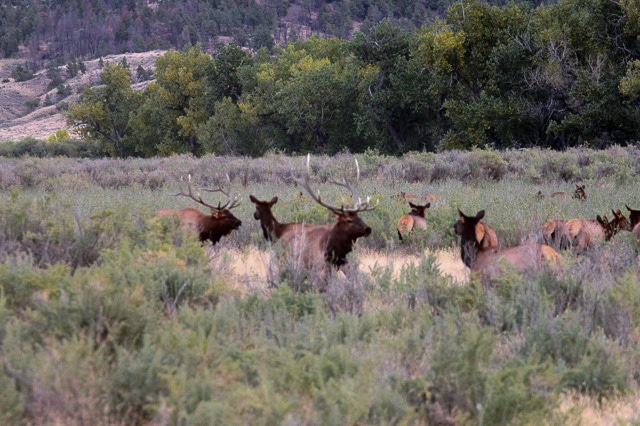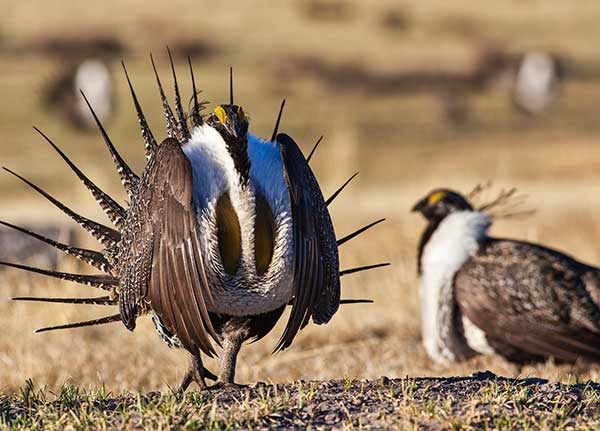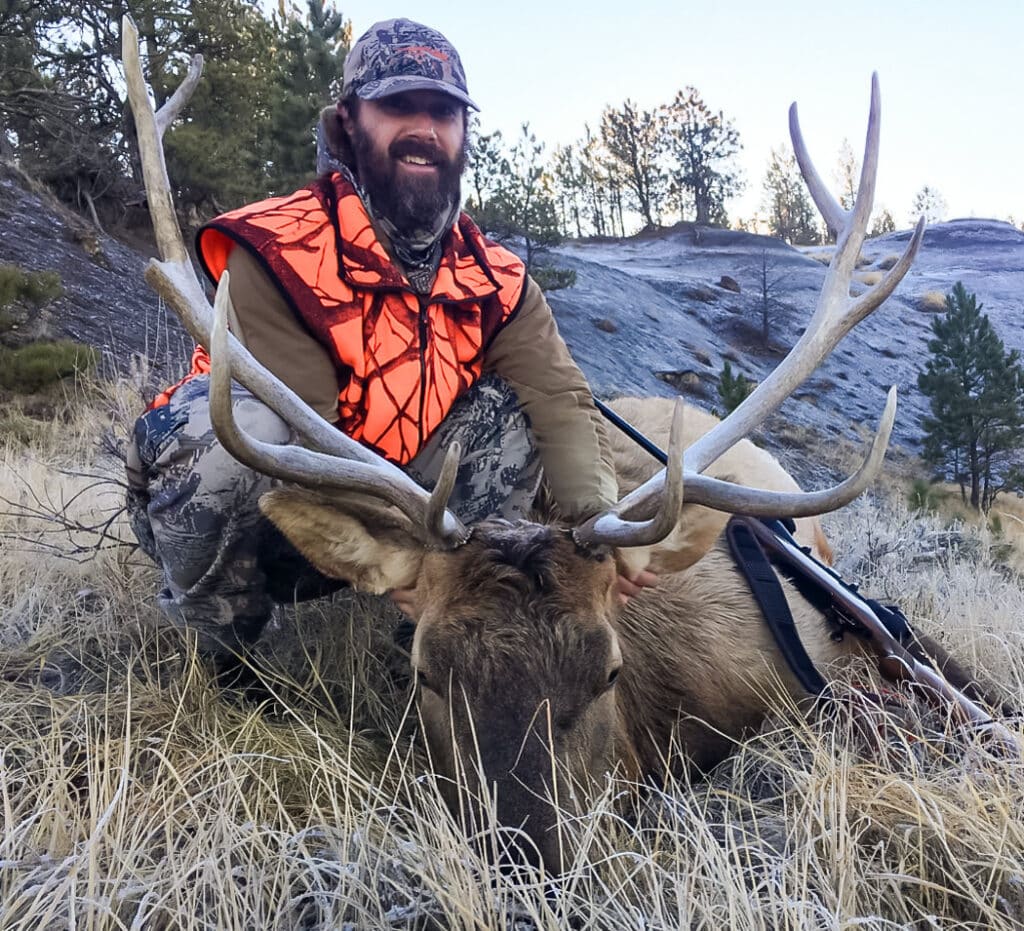
The Montana Wildlife Federation (MWF) commends the Montana Fish and Wildlife Commission for rejecting a proposal that would have allowed hazing of elk perceived to have been exposed to brucellosis from other elk.
The proposal was a change to the Department of Fish, Wildlife and Parks’ annual elk brucellosis management plan, which lays out management actions in areas where brucellosis is prevalent in order to keep elk and cattle separated. Brucellosis, a domestic livestock disease introduced into elk herds, causes elk and livestock to abort their calves.
The new plan would have allowed hazing to keep separate elk herds, a move that hunters find impossible to implement and expensive, with almost no chance of being successful.
“Knowing which elk have not been exposed to brucellosis is a huge challenge in itself, realizing how many elk could be involved and how mobile elk can be,” testified Nick Gevock, MWF conservation director, at the Commission’s meeting. “And where would the funding come from to implement this plan?”
Fish and Wildlife Commissioners agreed that the plan had too many problems. They recognized that both the livestock industry and wildlife advocates share the goal of having wildlife on the landscape, a healthy agriculture industry and keeping the designated zone around Yellowstone National Park where cattle are monitored at its current size. Commissioners urged agricultural interests to reach out to the hunting community to continue working on solutions for this complicated issue.
“This is a complicated issue, but MWF is eager to work with Montana’s ranchers to find a way to protect their industry while also protecting the public’s big game,” said Gevock.


